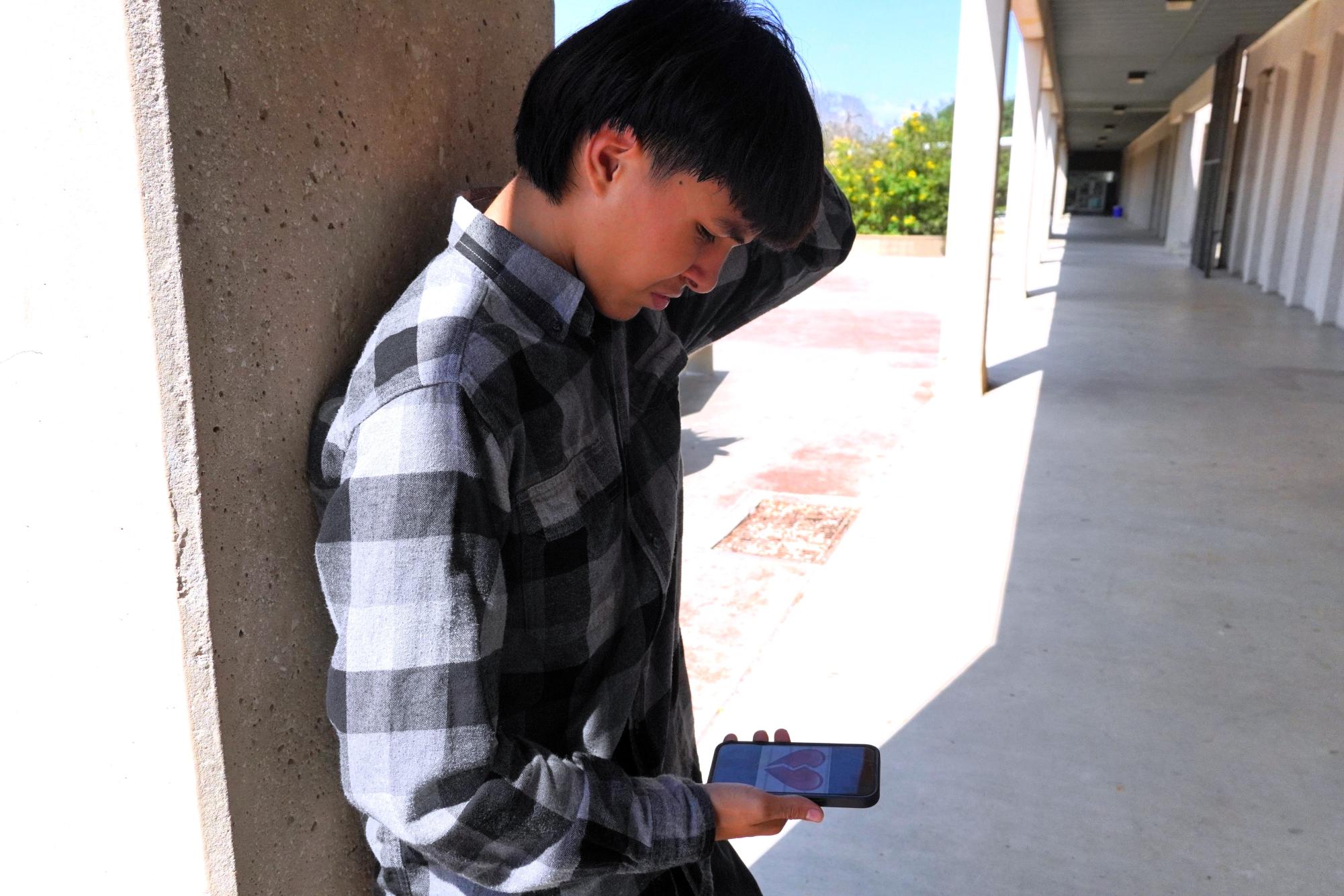Staying healthy is something most people strive for regularly. Maintaining physical, social, and emotional health is very important; however, none of those compare to the importance of mental health, which determines the way we act and live our lives. Although many people struggle with it, no age group feels the wrath of the struggle like teenagers. For example, 37% of high schoolers experienced mental health issues in the U.S. during the pandemic, as well as, 44% of U.S. high school students reported sadness or feeling hopeless last school year, according to a 2021 CDC study.
Social Media’s Effect on Mental Health
Teens need their technology, specifically smart phones. These five-and-a-half inch devices advertise social media platforms like Instagram and Tik Tok, that harbor the newest trends, dances, food and anything viral on the internet. While the content is amusing there’s one problem: most teens feel vulnerable and become negatively influenced when it comes to these platforms, encouraging them to do unfavorable things, including self-harm.
According to the National Institute of Mental Health, suicide and mental health issues including teens have risen drastically: “People aged 10 to 24, suicide rates leaped nearly 60% by 2018. Emergency room visits by children and adolescents (teens) in that period also rose sharply for anxiety, mood disorders and self harm.” Experts say these rates can be attached to many things including sleep disorders or HIV, but neither of these compare to the effects of social media.
While some teens seem less vulnerable than others to screen time effects. The World Health Organization(WHO) states, teens as a whole are losing sleep and not staying active. Ever since the pandemic, most everything has gone digital. Most people would rather spend hours scrolling through social media than going out and having physical interactions. Which can cause communication issues and the process of good mental health leaves the room. “A newly released review comparing children’s screen time before and during COVID, shows children’s screen time spiked by a whopping 52% between 2020 and 2022,” according to Joanne Orlando from Western Sydney University.
Psychosis Disorders
Mental disorders are very common and can impact mental health. Although not as common, psychosis is still a prominent issue with in many teens. The National Insitute of Mental Health states, “It’s a disorder that affects the mind, where there has been loss of contact with reality.” Examples include but are not limited to:
- Hallucinations: Seeing, hearing, feeling, tasting, or smelling things that aren’t really there
- Delusions: Believing things that aren’t true, such as thinking someone is plotting against you
- Disordered thinking or speaking: Speech may be fast or constant, or the person may switch topics mid-sentence
During an episode, a person’s thoughts are almost disturbed. In this, they may have trouble recognizing real and non-real things. Most cases are from psychiatric illnesses, like Schizophrenia which affects the ability to think or feel. However, it can also be linked to health conditions, medications, and even drug usage.
This disorder can make a person say and do things they really don’t mean. This is because as words come out, the person is in a different mindset and it may come across as being slow. Psychology Today says, “Psychosis can also include physical feelings on the body that have no explanation and strong feelings or ideas that have no obvious cause.”
Conclusion
Mental health is very important and requries a lot of attention. It can help keep a person motivated if handled well and can really stop forward progress if not handled well. Most mental health problems can be linked to bad home life, toxic relationships, use of drugs/alcohol, and many other factors. This type of activity can result in anxiety, depression, anger, harm to self of others, and unfortunately suicide. Mental health is such a real thing and if not handled properly, could destroy a person.





